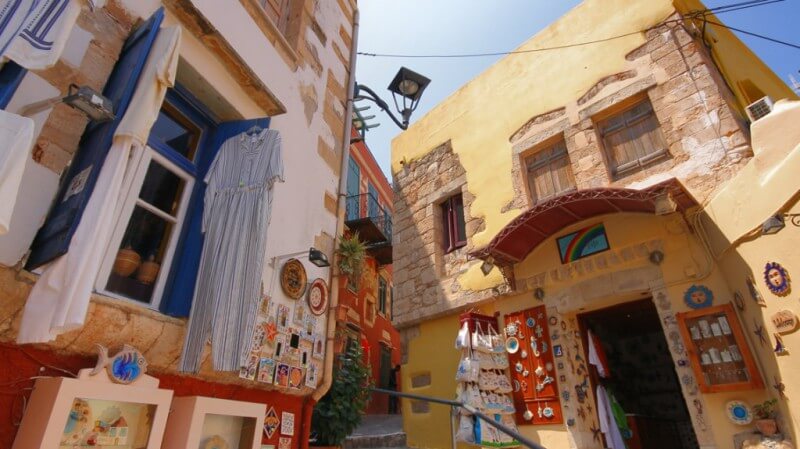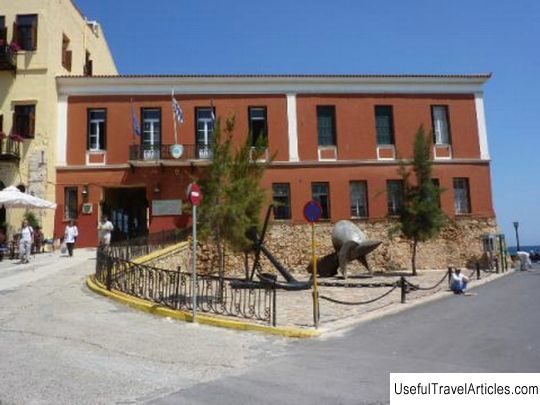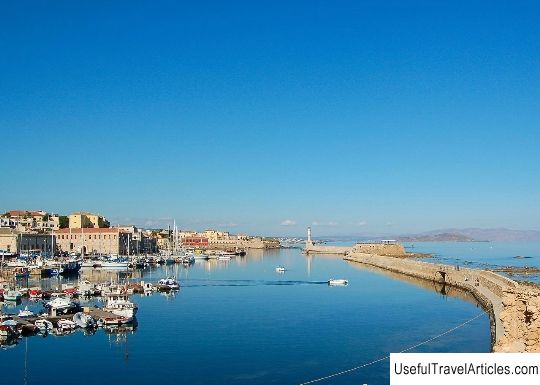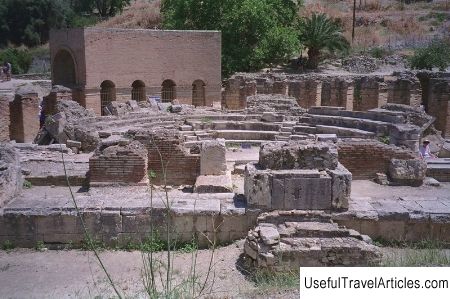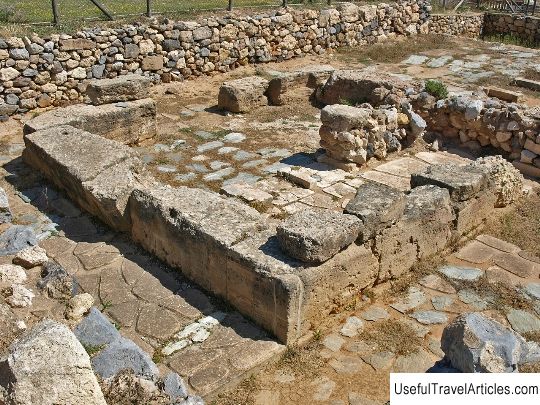Ancient Phalasarna description and photos - Greece: Crete
Rating: 7,5/10 (100 votes) 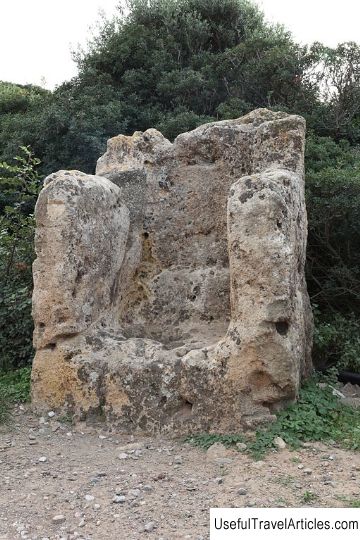
Ancient Phalasarna description and photos - Greece: Crete. Detailed information about the attraction. Description, photographs and a map showing the nearest significant objects. The name in English is Phalasarna. Photo and descriptionFalasarna is an ancient Greek port city on the northwestern coast of Crete. This area has probably been inhabited since Minoan times, and ancient Falasarna was founded no later than the 6th century BC. The first written sources mentioning the city date back to 350 BC. Falasarna was an independent and economically highly developed city, and also one of the most influential policies of the island of Crete. The city-state flourished thanks to well-established trade relations and had its own minted coin, on which the image of a woman was carved on one side, and on the other - a trident and the inscription "FA". Massive stone walls surrounded not only the city, but also its harbor, which made it very well protected and convenient for sailors. The city port was created in the lagoon, and was connected to the sea by two artificial canals. On the cape, which was located above the harbor, there was a well-fortified acropolis, on the territory of which many fragments of ancient structures have been preserved (among them is the Temple of Dictina). Due to the constant civil strife and earthquakes, the city gradually began to decline. This led to the flourishing of piracy in these parts. During this period, the island was already dominated by the Romans, who did their best to eradicate piracy in the Mediterranean. As a result, around 69-67 BC. they destroyed the city and port of Falasarna, and natural disasters finally drove civilization out of these places. This port city was never used again. The first archaeological excavations were started in 1966 under the leadership of Yiannis Tsedakis. In addition to ancient ruins, many ancient burials with valuable artifacts were also discovered. Today Falasarna is better known as an excellent sandy beach (one of the best beaches in western Crete). It is quite popular both among the islanders and among the guests of Greece.      We also recommend reading Monument to the water carrier description and photo - Russia - St. Petersburg: St. Petersburg Topic: Ancient Phalasarna description and photos - Greece: Crete. |
